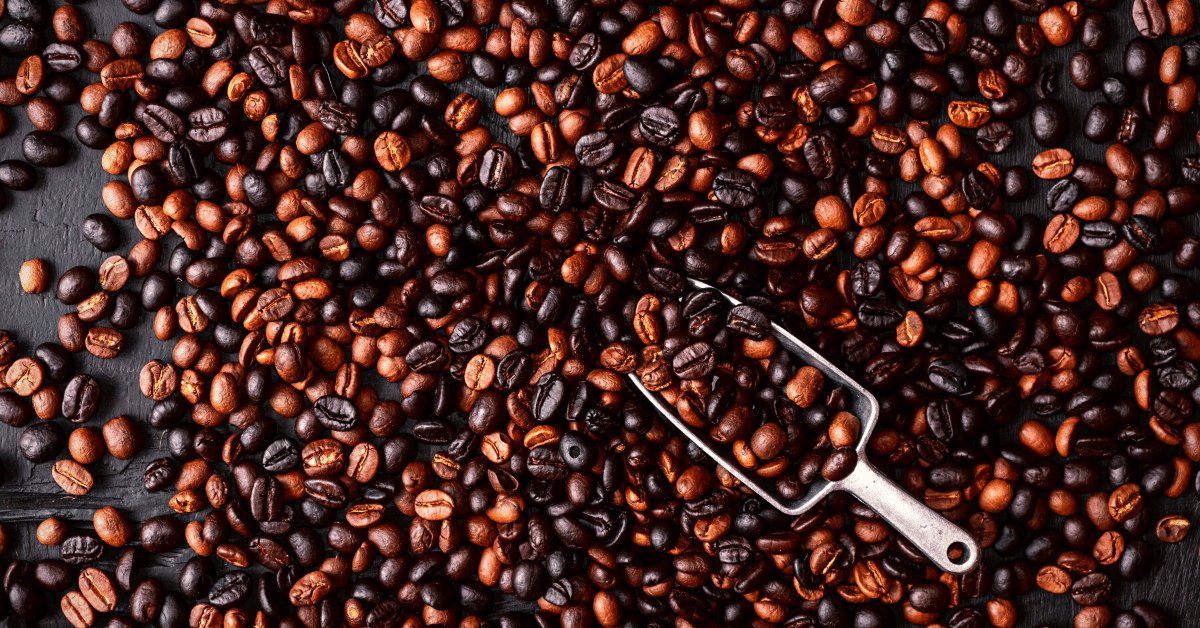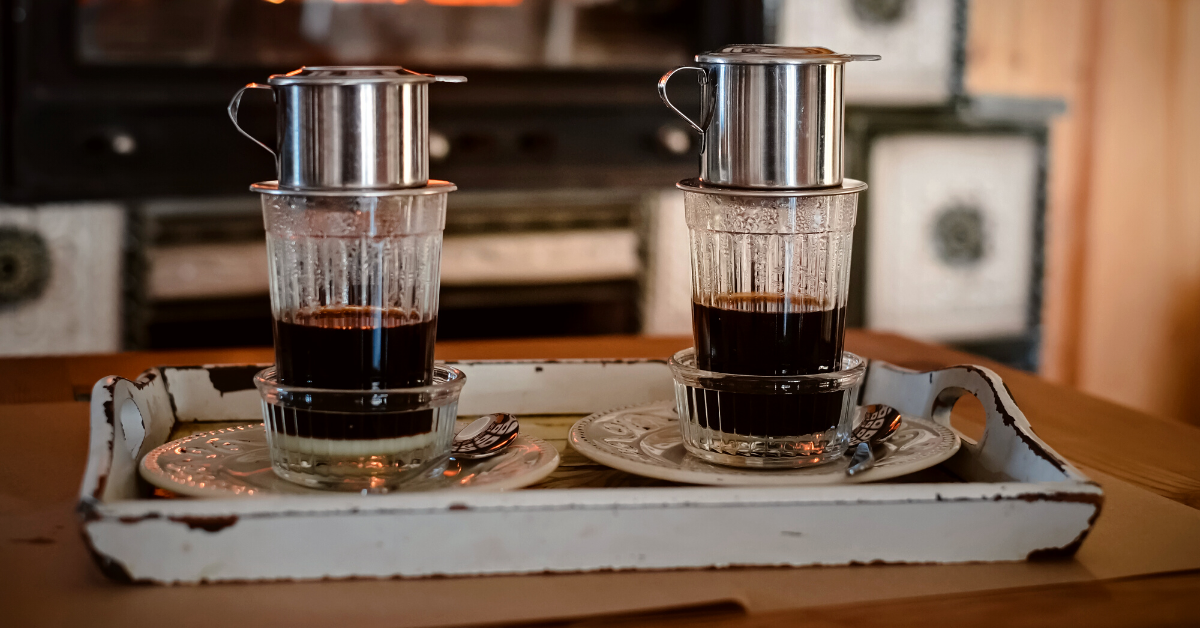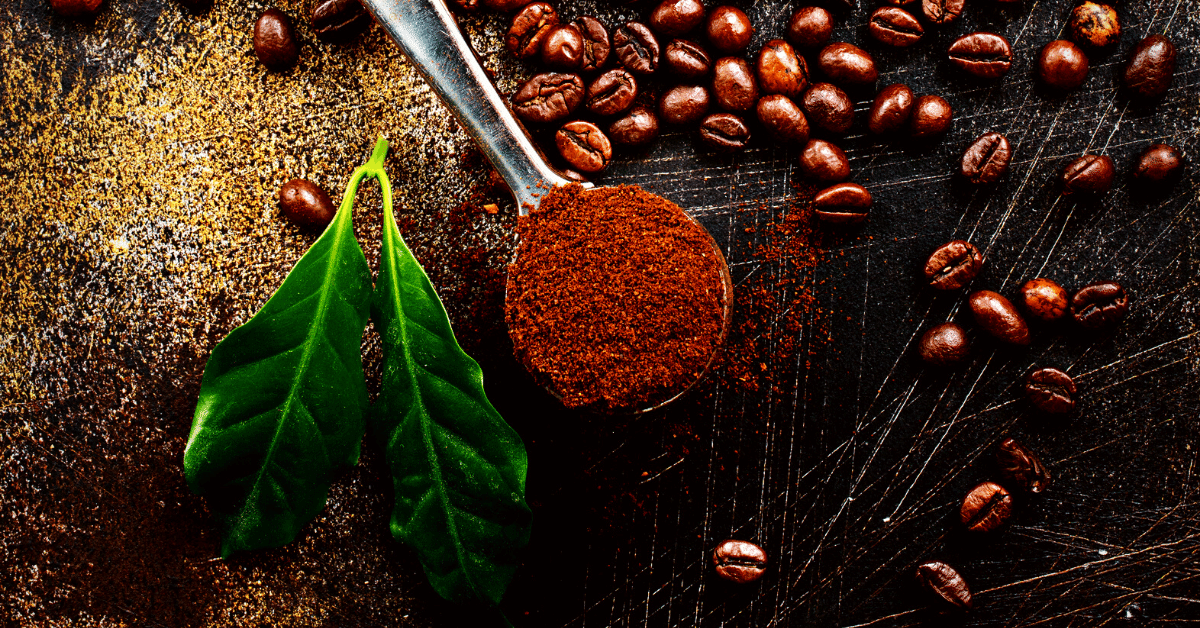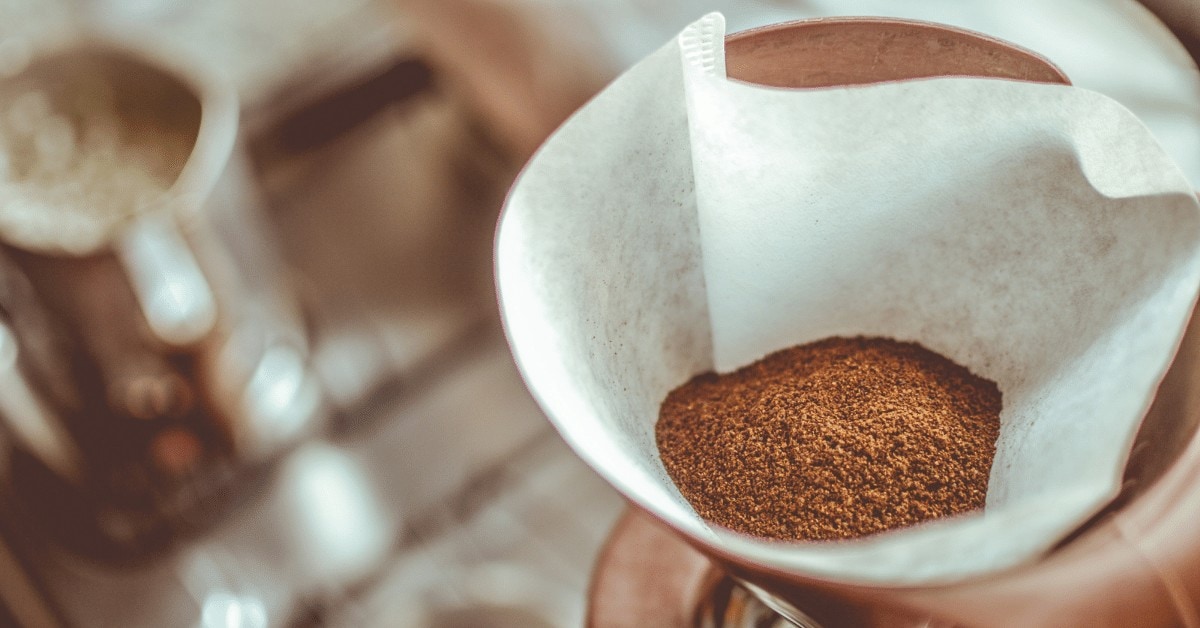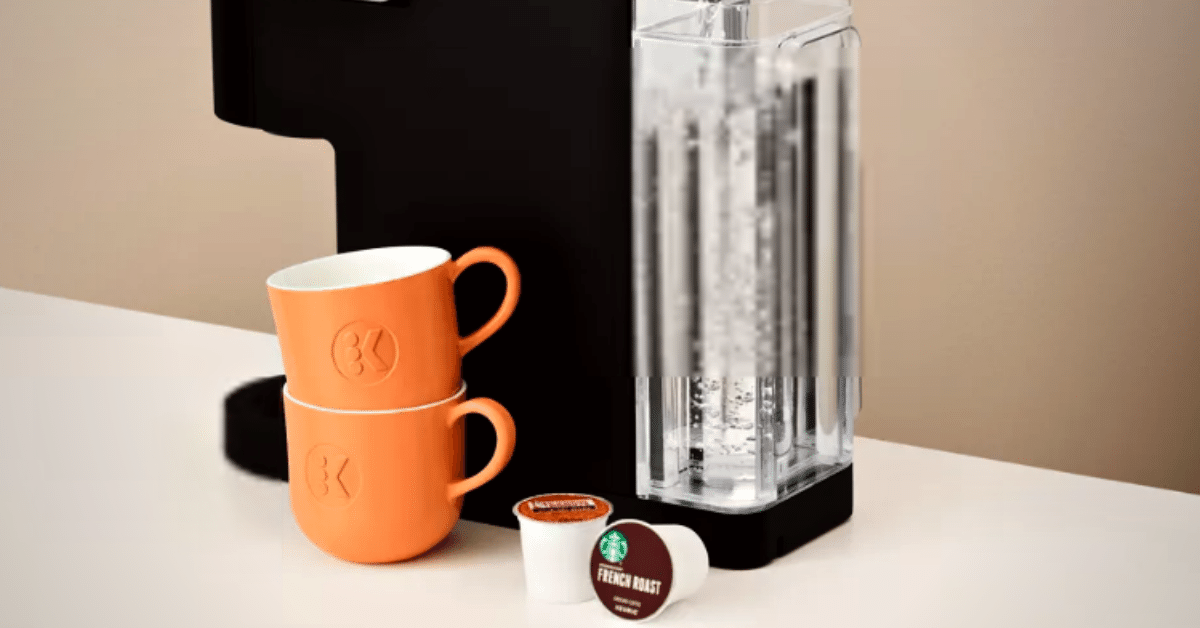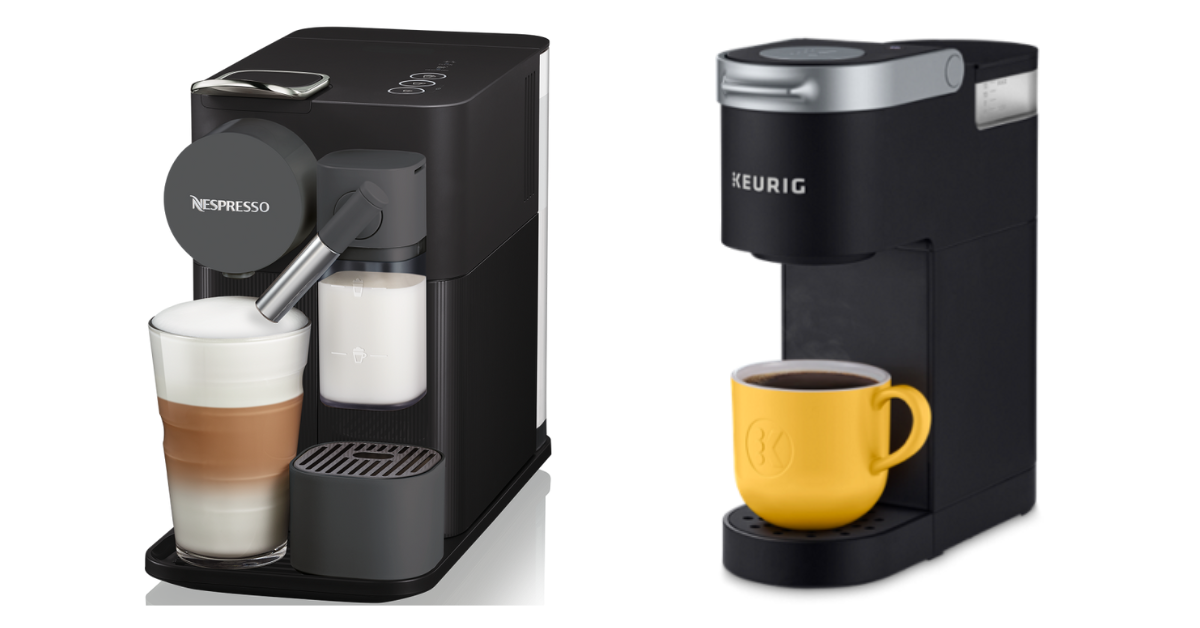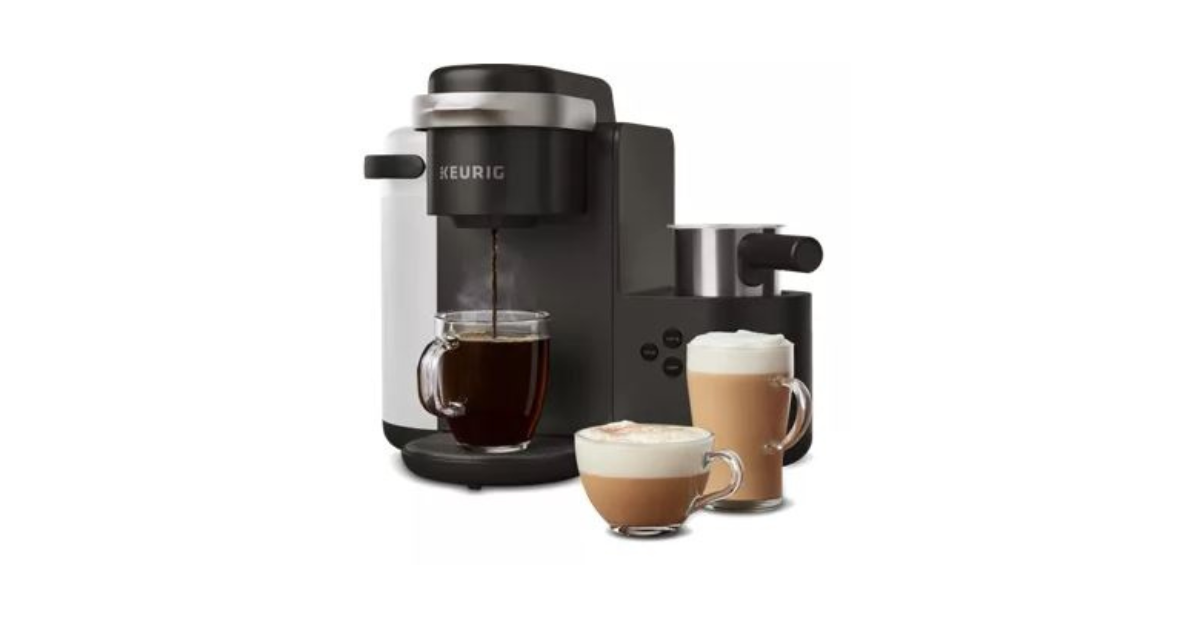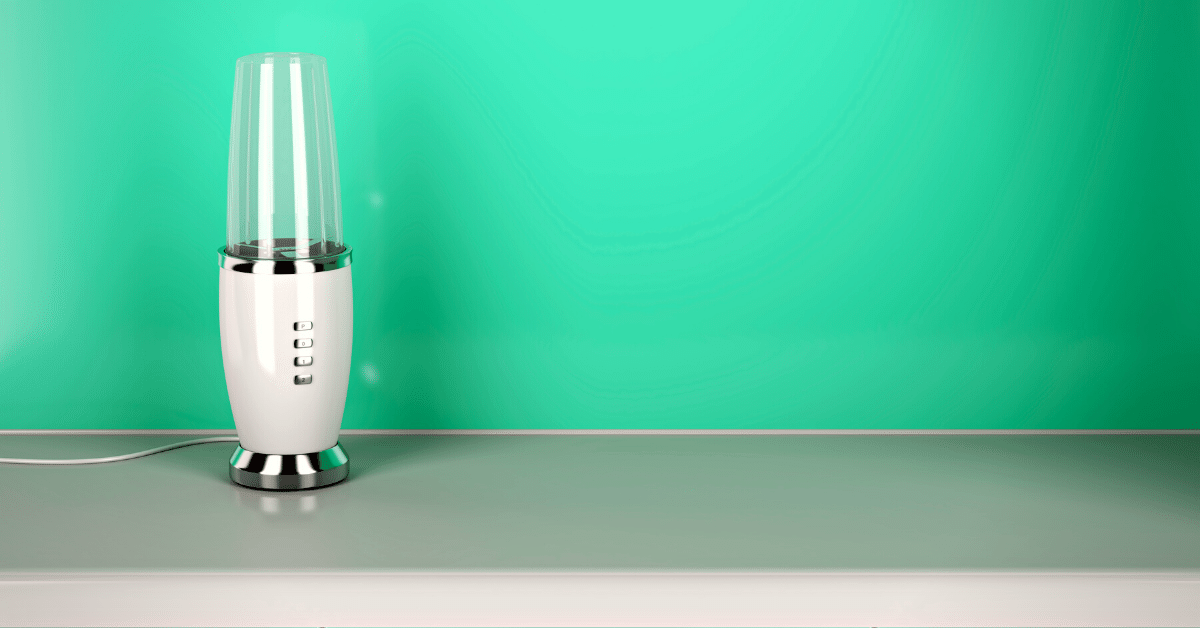Aside from a slight difference in color, many people can’t set medium and dark roast beans apart.
Are you one of them?
Don’t worry, that’s not for too long.
If you want to learn more about what makes these two roasts different, you’re in the right place. In this article, we’ll talk about everything regarding these roasts – from production to the coffee they make.
Here’s an in-depth dark vs medium roast rundown.
What is Dark Roast?
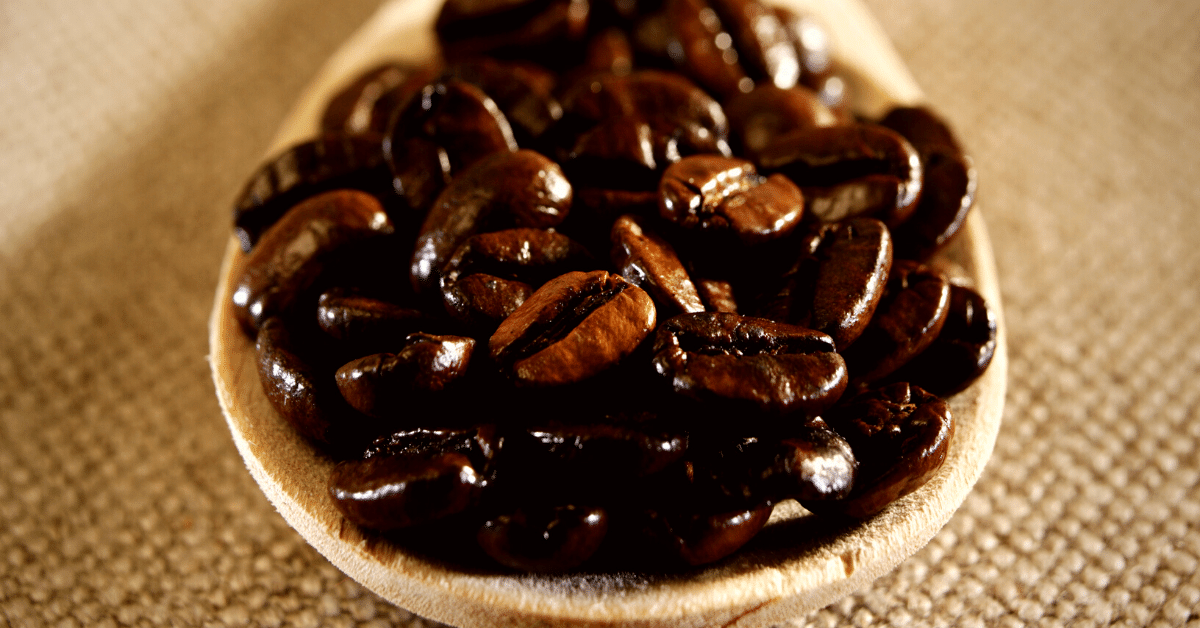
As the name suggests, dark roasted coffee beans have a dark, brown to almost black color. They get this hue from being roasted for a specific amount of time and at a specific temperature.
In case you don’t know, coffee beans crack during the roasting process. The crack happens because the moisture inside the beans starts turning into steam. The evaporation slowly builds up pressure inside the beans, and at some point, they crack from too much pressure.
The coffee beans will crack twice during the coffee roasting process:
- The first crack happens after the temperature inside the beans reaches 385° Fahrenheit
- The beans will crack again once their inner temperature reaches between 440 to 455° Fahrenheit
The dark roast is achieved by letting the beans crack twice in the roasting process.
You don’t want to let them roast for long after the second crack, as you can easily burn them. Anything over 465° Fahrenheit, and you’ll get charcoal-tasting coffee beans.
Different flavor profiles are created at different times during the roasting process. Beans that are roasted after the second crack develop notes of chocolate and smokiness with a slight bitterness.
After the second crack, coffee oils start emerging on the surface, creating a glossy layer.
And the reason why beans become dark in color is that the sugars inside caramelize from high heat used during roasting.
When buying this type of roast, don’t get confused by the labels. While some brands will simply state “dark roast coffee” on the packaging, others will use different terms. Some of those names are Italian, New Orleans, Vienna, Neapolitan, and French roast.
What is Medium Roast?
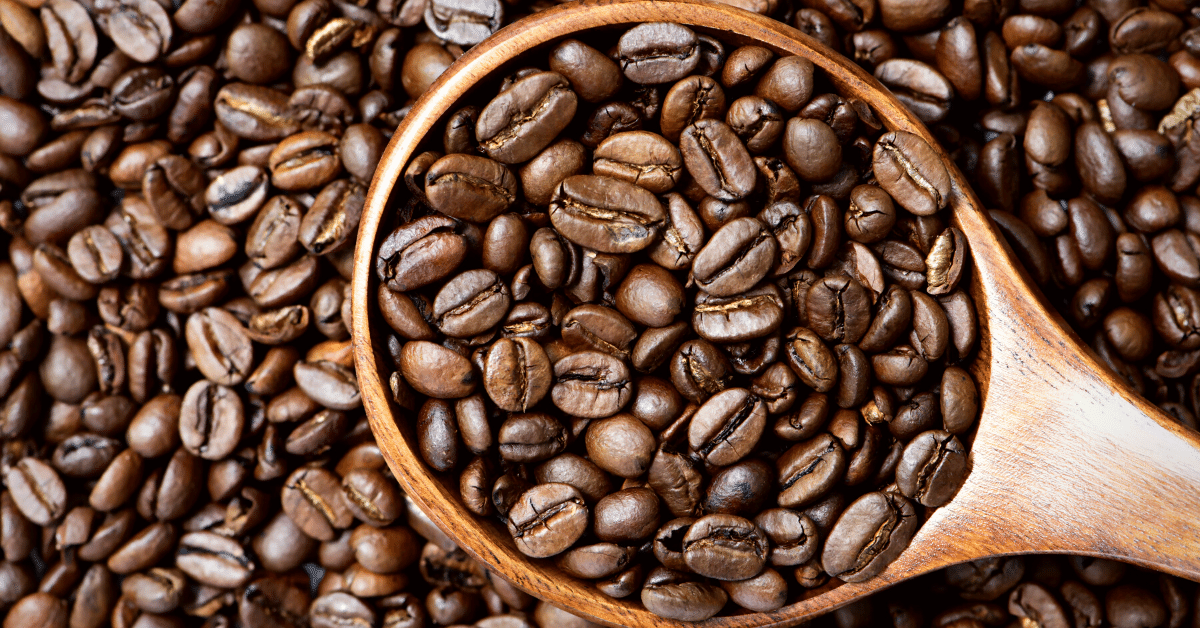
Remember what I said about bean cracks during the roasting process?
Well, a medium roast coffee is created by removing the beans from heat right before they crack for the second time. By doing so, coffee beans are roasted at temperatures ranging between 410º and 440º Fahrenheit.
In a way, you’re roasting the beans only midway, hence the name. The medium roast beans are brown in color but are not oily like the dark roast coffee beans.
Between the two cracks, coffee beans slowly change their flavor from bright and floral (as in light roast coffee beans) to bold and smoky (darker roasts). And by stopping just right before the second crack, what you’re left with is a very balanced flavor and aroma.
When I say balanced, I definitely don’t mean boring or plain. The flavor profile of a medium coffee roast can actually be quite complex. Depending on the coffee origin, you might feel prominent notes ranging from honey and caramel to brown sugar and oat.
As for the alternative names of medium roasted coffee, these may be quite deceiving. So, for instance, you might see them labeled as:
- City Roast
- Full City
- New England
- Cinnamon
- American
- After Dinner, etc.
And let me tell you – there’s no connection between the name and the meaning.
So, for example, a Cinnamon roast tastes nothing like spice. It’s grassy and nutty, with a floral aroma and low sweetness.
Likewise, New England roast doesn’t originate from this region. It’s just a very popular type of roast there.
Dark Roast vs Medium Roast – What’s the Difference?
As we can see, these two types of roast have different roasting times. But what’s the actual difference you notice while drinking it?
There are a few noticeable dissimilarities between the two, so let’s discuss each of them in particular.
Taste
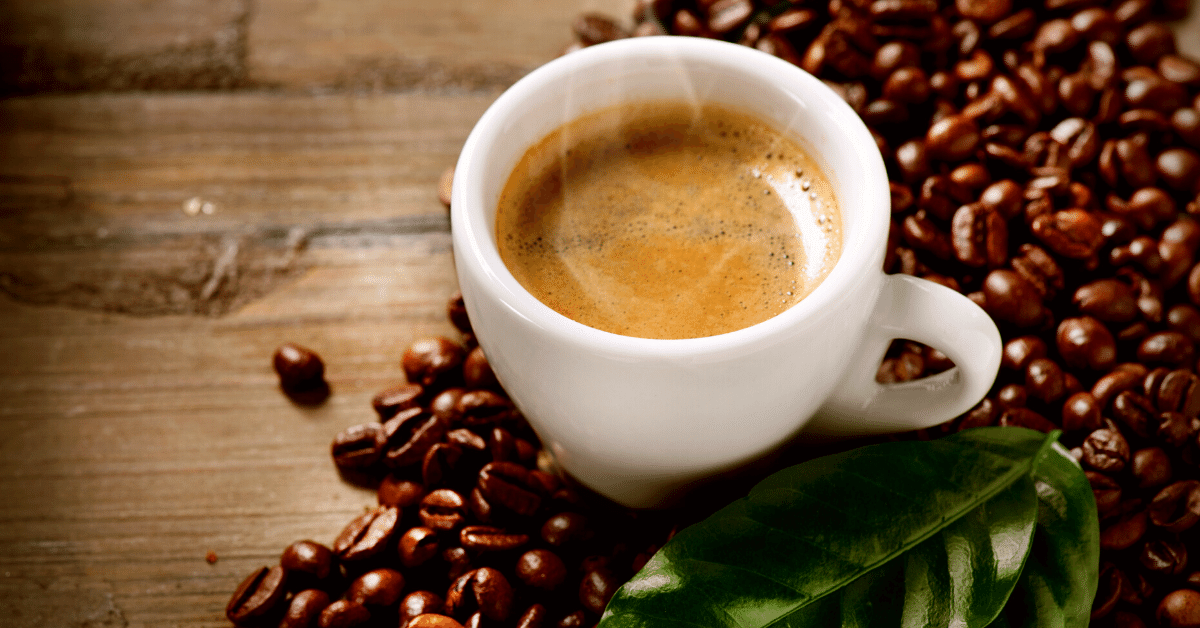
As I already said, coffee beans change their flavor profile throughout the roasting process.
Green beans taste grassy and herbal. Light roast beans will develop a bright and acidic taste. But once you roast them to a medium coffee roast level, they develop a more complex profile.
Medium roast is well rounded, with distinctive notes ranging from nutty to sweet and even floral.
This type of roast is perfect for single-origin coffee, as it makes every note accentuated, but without being overwhelming.
Because medium roast coffee has a shorter roasting time, the beans are moister on the inside. That makes them slightly sweeter than their dark roasted beans.
Certain flavor notes dissipate throughout the roasting process, such as floral and fruity ones. But once the beans crack for the second time, they turn porous, letting oils get out.
Those oils give the beans that bold, smoky flavor dark roast coffee is known for. They might also develop notes of caramel and cocoa.
After the second crack, coffee beans become drier. For that reason, the roasting needs to be stopped before the beans get too hot. If that happens, they can easily turn into a black mess that tastes like charcoal.
Acidity
Before we get into the nitty gritty regarding these two types of roast, let’s make one thing clear. Aside from the roasting process, there are other factors that affect how acidic coffee beans are. These include the origin and variety, as well as the climate they’re grown in.
But as far as roasting goes, acidity decreases in concentration during the process.
The medium roast has a very balanced acidity. It gives the coffee a slight zest but isn’t too strong on your stomach.
However, if you have digestive issues, you might still experience acid reflux from medium roast coffee.
As for the dark roast coffee, it’s very low in acidity. By the time coffee beans crack for the second time, there’s very little acid left in them. This makes dark roast a stomach-friendly coffee.
Caffeine
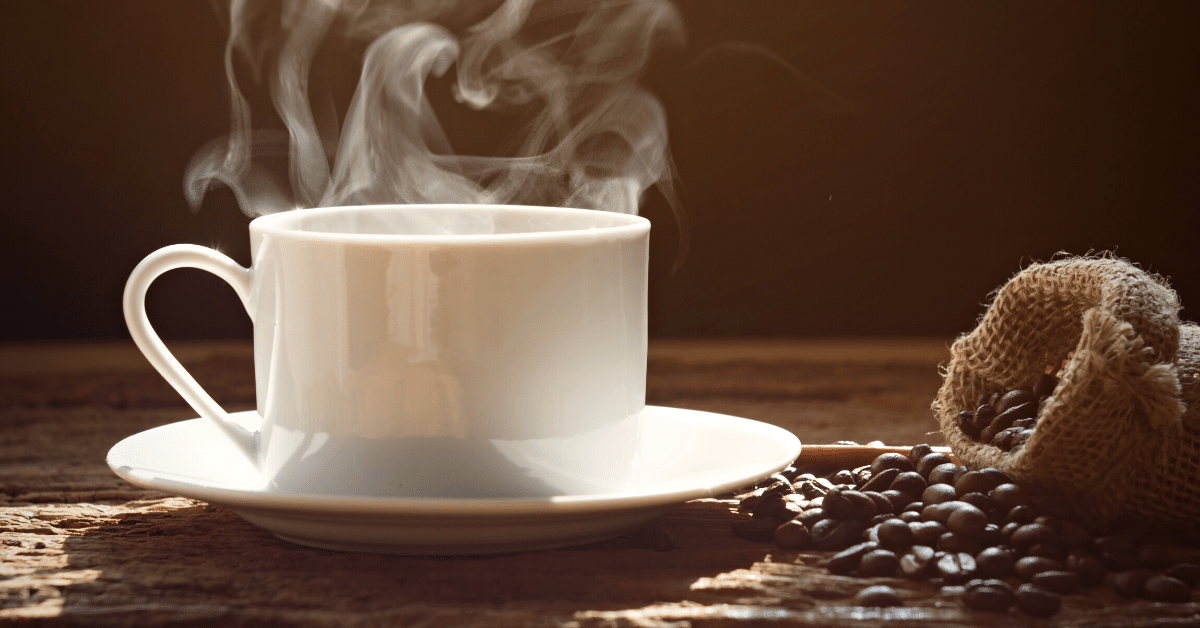
You might have heard that the darker the roast, the higher the caffeine content.
Well, that’s a lie.
Or maybe you’ve heard that the roasting process kills caffeine inside the beans.
That’s also a lie.
Caffeine gets destroyed at temperatures above 460º Fahrenheit. But that’s already hotter than the temperature at which dark roasted coffee is made. Therefore, the caffeine in dark roast coffee is pretty much the same as it was in the green coffee bean.
But, you might get different results if you measure medium and dark roasted beans by volume. That happens because a dark roast bean expands and fills with air when heated. The actual difference in caffeine amount between the two roasts is rather negligible.
So even if you’re making a tiny cup of coffee, such as a shot of espresso, you won’t notice the difference in the energy kick between dark and medium roast coffee.
Suitable Brewing Methods
The well-rounded flavor profile of medium roast coffee makes it suitable for any brewing method. Anything from pour-over to espresso can turn out great with this roast.
But the one that really pulls out the distinctive notes of medium roast is cold brew. That’s because the lengthy brewing process extracts every note without turning bitter.
As far as dark roast coffee goes, it’s best used with fast brewing methods, such as espresso or French press. The short brewing time allows the bold notes to get into your cup while leaving the bitterness behind.
To Sum Things Up
Both dark and medium roasts have a complex flavor profile, but they’re quite different from one another.
While dark roasted coffee is deep and bold, medium roast is more well-rounded and balanced. Dark roast coffee really shines through when used for espresso or French press. On the other hand, medium roast works well with pretty much any brewing method.
Want to roast coffee beans at home? Check our recommendations for the best home coffee roaster.

